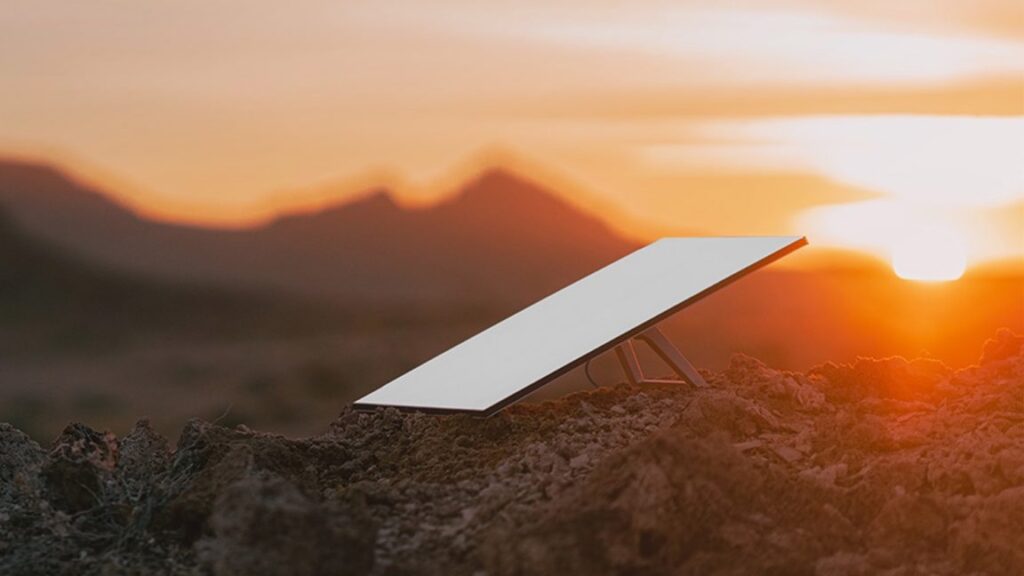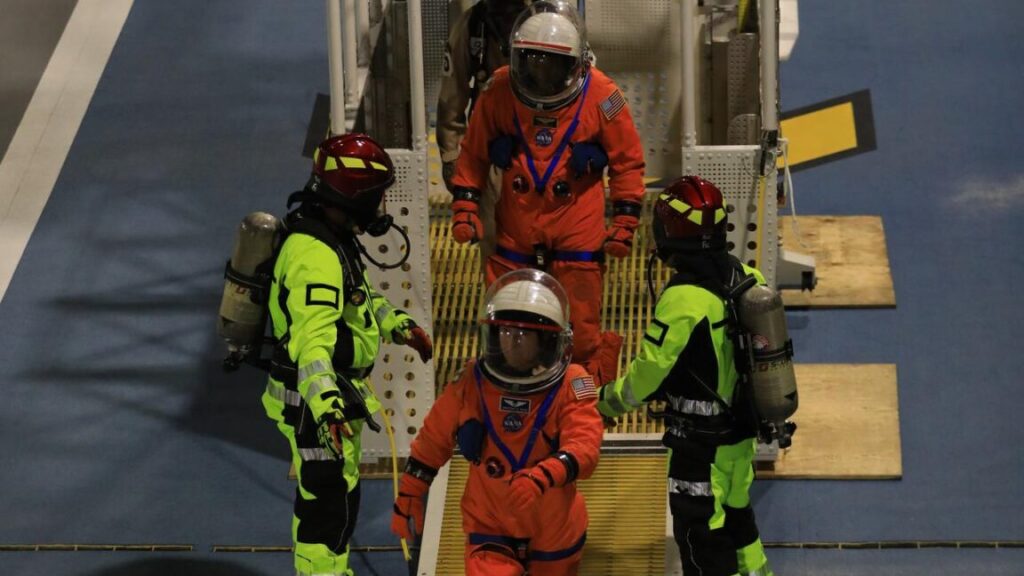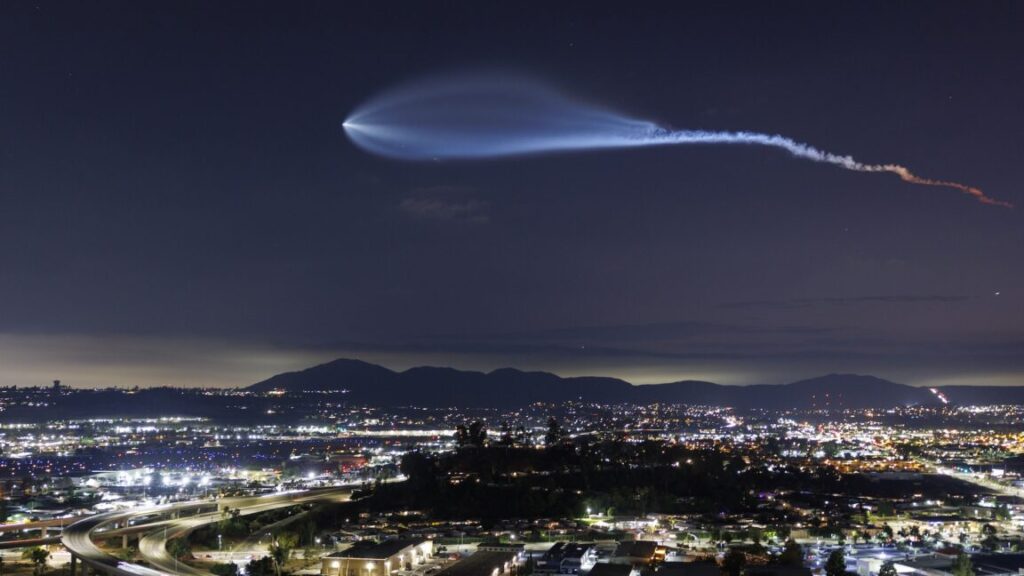SpaceX says states should dump fiber plans, give all grant money to Starlink
Starlink operator SpaceX is continuing its fight against state plans to expand fiber broadband availability. After saying the Trump administration should deny a Virginia proposal, SpaceX is taking the same approach in a fight against Louisiana.
SpaceX made its view known to the Louisiana Office of Broadband Development and Connectivity in a filing, which was reported yesterday by PCMag. SpaceX complained that Louisiana proposed awarding 91.5 percent of funds to fiber Internet service providers instead of to the Starlink satellite system. SpaceX alleged that Louisiana was influenced by “a legion of fiber lobbyists and other hangers-on seeking to personally benefit from massive taxpayer spending.”
The Trump administration rewrote rules for the $42 billion Broadband Equity, Access, and Deployment (BEAD) grant program in a way that benefits Starlink. Instead of prioritizing fiber networks that offer better service and are more future-proof, the Trump administration ordered states to revise their plans with a “tech-neutral approach” and lower the average cost of serving each location.
SpaceX’s letters to Virginia and Louisiana claim the states are violating the new rules with their funding proposals.
“The State of Louisiana’s Equity, Access, and Deployment (BEAD) program Final Proposal proposes to spend nearly $500 million dollars [sic] to provide connectivity to its unserved and underserved locations,” SpaceX wrote. “SpaceX applied to serve virtually all BEAD households for less than $100 million dollars. As such, Louisiana’s proposal includes over $400 million dollars in wasteful and unnecessary taxpayer spending.”
SpaceX unhappy with $7.75 million
Instead of selecting Starlink for all locations, Louisiana allocated the company $7.75 million to serve 10,327 locations. The plan would spend $499 million for 127,842 locations overall. The Louisiana Local Fiber Consortium, which includes two Louisiana providers that partnered with T-Mobile, was the biggest winner, with $378 million for 68,535 locations.
“Louisiana’s results demonstrate that it did not observe statutory requirements or program rules and did not conduct a competitive process,” SpaceX alleged. “A process in which Louisiana is required to award grants based on the lowest cost to the program, and awards 91.5% of funds to fiber projects at an average per-location cost of $4,449, while rejecting applications at $750 per location because the bid was based on Low-Earth Orbit (LEO) technology could not possibly be considered compliant, technology neutral or a ‘competition.'”
SpaceX says states should dump fiber plans, give all grant money to Starlink Read More »
